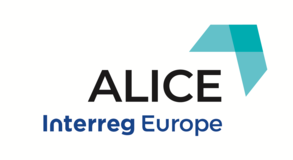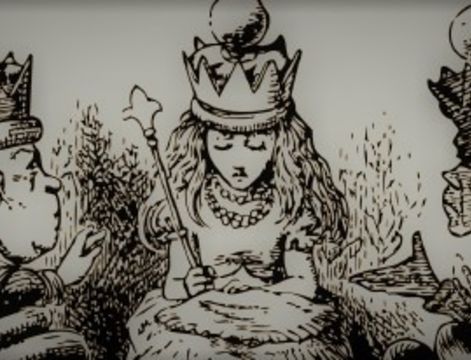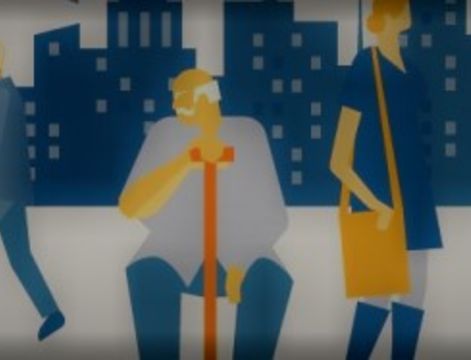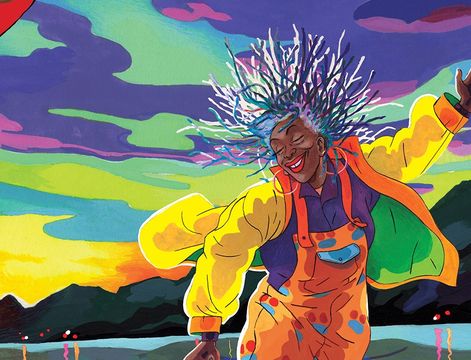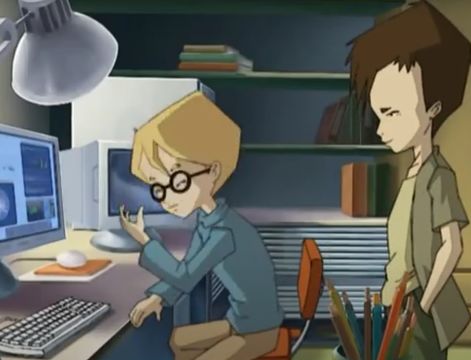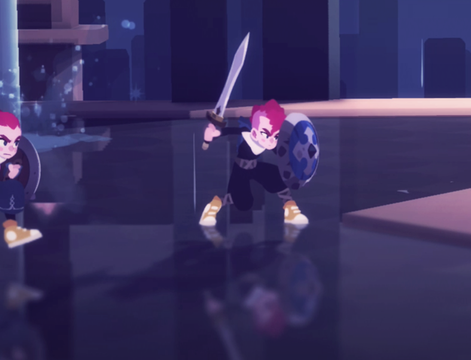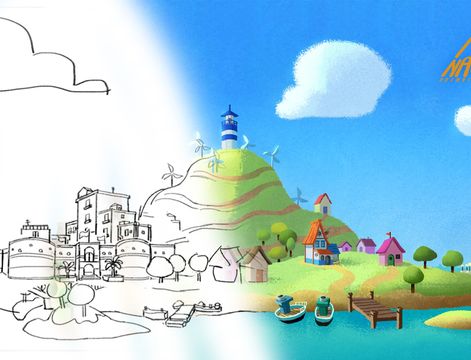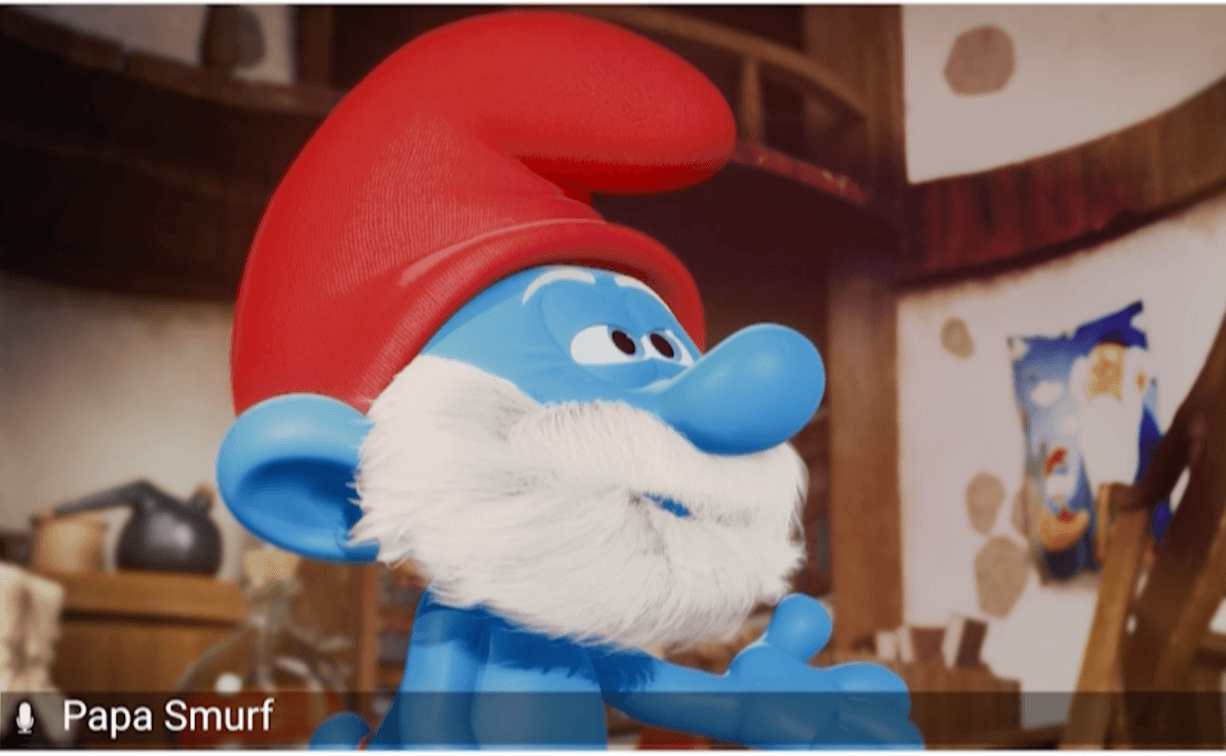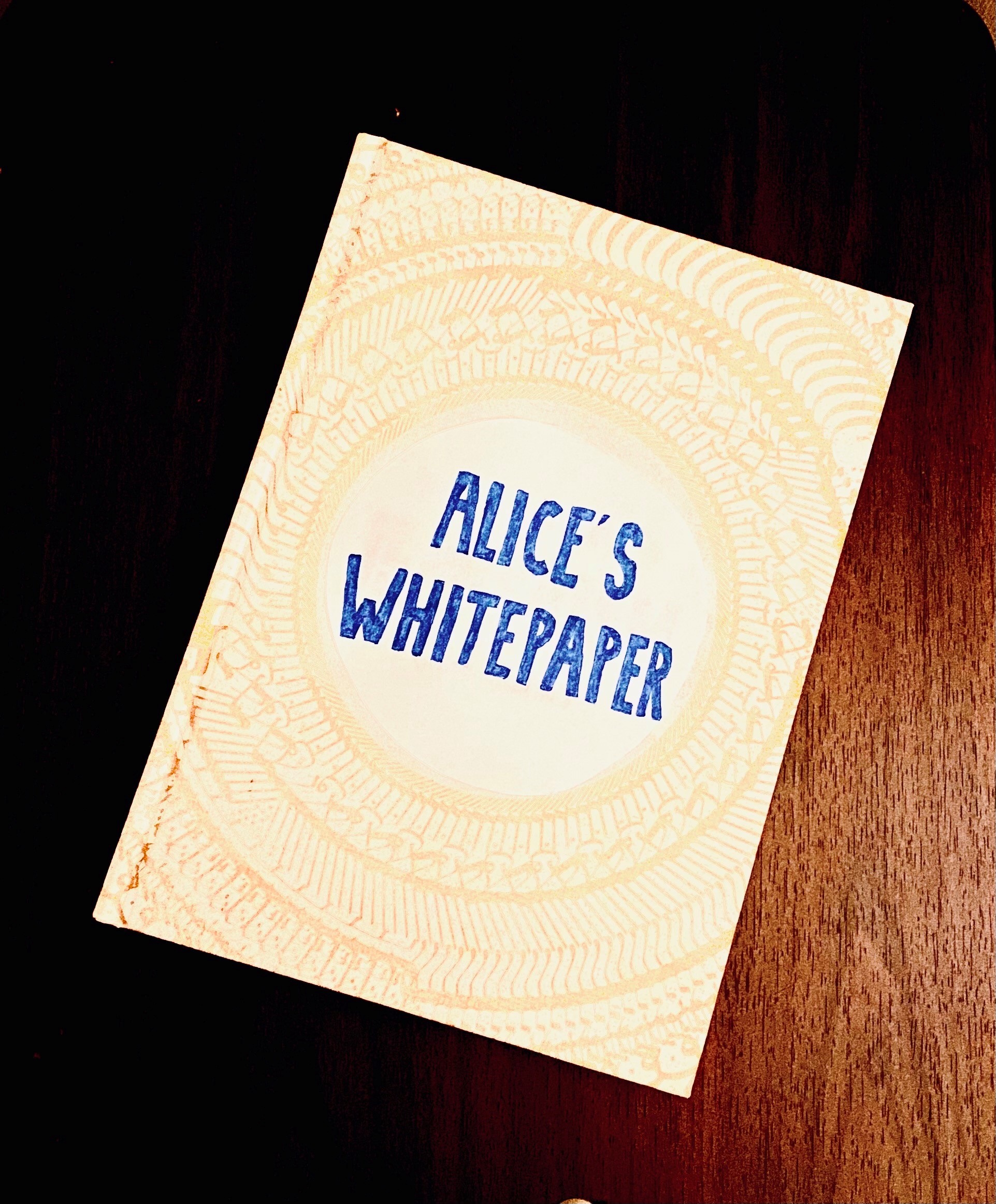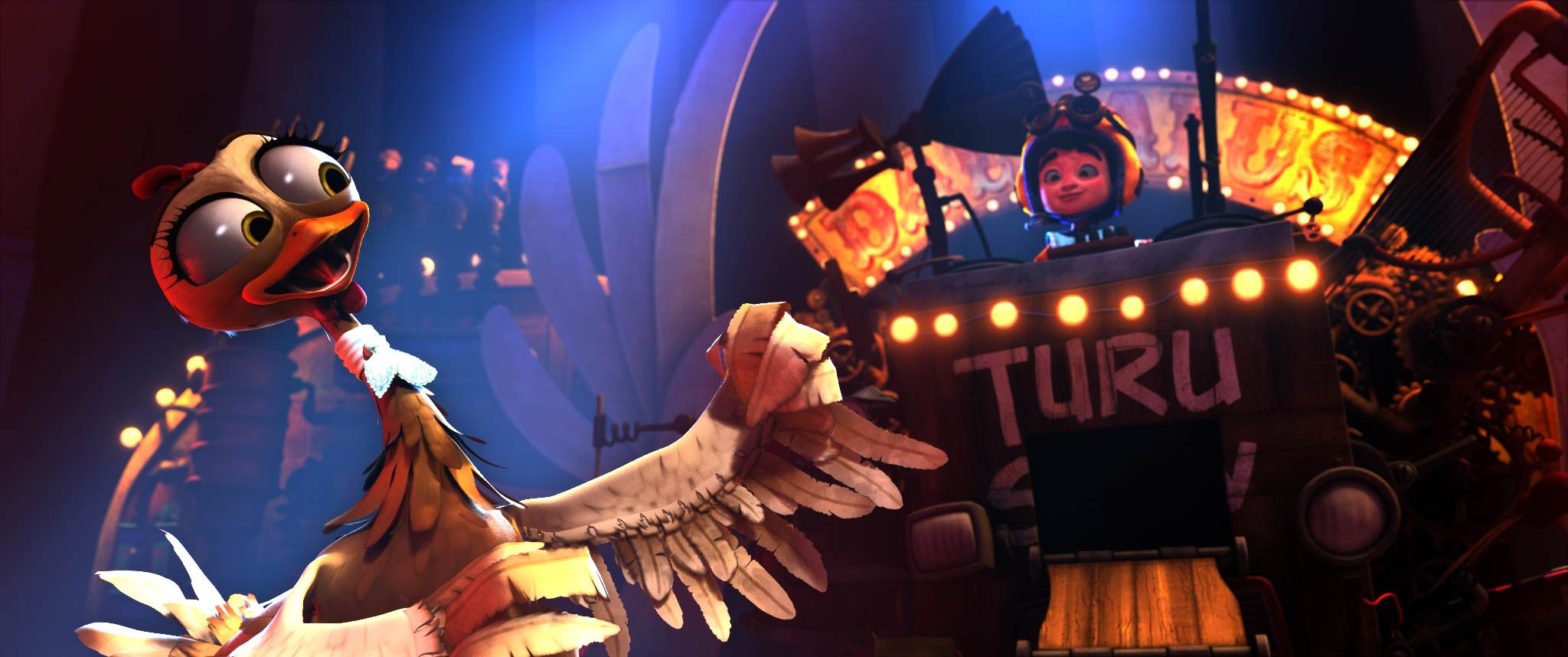On 30 September, our Lead Partner Wallimage met with the regional film fund network CineRegio for the second time this year. The purpose of the meeting was to conduct a detailed presentation of the ALICE project from its origins to its last achievements, in a broader perspective of serving the future of animation in Europe. This article offers an overview of Wallimage CEO Philippe Reynaert’s well-received presentation.
Europe has been home to animation for almost 100 years, starting with the release in 1926 of Lotte Reiniger’s animated fairytale “The Adventures of Prince Achmed”. Since then, over one thousand animated feature films have been produced in Europe and yet it would not be true to say that there is a flourishing European animation industry today.
The feature animated film “Alice in Wonderland '' - adapted from Lewis Carroll’s classic novel and produced in France and the UK in 1949, is symptomatic of something that is happening every day to talent across Europe: despite its innovative animation technique, involving puppets made of cardboard and sheets and a team of famous avant-garde animators, this European “Alice” was completely blown away by Walt Disney’s adaptation released in 1951.
According to the European Audiovisual Observatory, in 2014, animated films accounted for 15% of the European ticket sales, but European animation got only 20% of the profit from these sales. Of the 188 animated feature movies released in Europe, the 44 US-based productions represented 72% of the total ticket sales while the 107 European productions got only 20% of the total (with the remaining 8% market share going to Asian films).
One can legitimately wonder what Europe lacks to be competitive. We obviously need more than fascinating stories, enviable talent, and generous public film funding systems to make our stories heard. To do that will involve capturing European audiences, stimulating healthy emulation, encouraging the free circulation of talent, and better integrating the functioning of our audiovisual funds. To achieve this, we will need to invest time, effort and money.
ALICE is the result of these analyses. With the help of Interreg Europe, six territories have come together to launch the project a year ago. Their mission is to promote a competitive ecosystem for animation players within the European animation market. Their ambition is to use interregional cooperation to put the European animation industry on the global map.
Over the past year, ALICE has been studying how the animation sector can realize its full potential in a world-competitive environment. The results of this study will be used to design and deliver, by August 2021, a comprehensive plan including recommendations to improve regional funding policies, train and retain talent, create new distribution models and set up hubs of business, education and innovation. The third year of the project will be dedicated to implementing the proposed plan.
Priority is given to a “bottom-up” approach meaning solutions are sought at local levels, involving the participation of industry players through regular consultation and bi-annual “shareholders meetings”. The process also involves working with experts of animation in designated fields covering the educational, training, financing and legal aspects of the sector. Discussions will lead ALICE’s six territories to exchange and experiment with good practices to support their ultimate recommendations for policy improvements. These recommendations will be all compiled in a White Book which will serve as a document of reference for the implementation phase of the project.
At a stage where discussions with the stakeholders are already well advanced, and proposals are beginning to emerge, it proved particularly useful to engage with an audience of influential specialists of the sector. The participants agreed the European digital animation professionals’ meet-up Cartoon Digital taking place in Sardinia in May 2021 could be the ideal occasion for a follow-up meeting. There remains much uncertainty over such meeting, but one thing is sure: while growing, ALICE slowly brings a large network of European animation people together.
